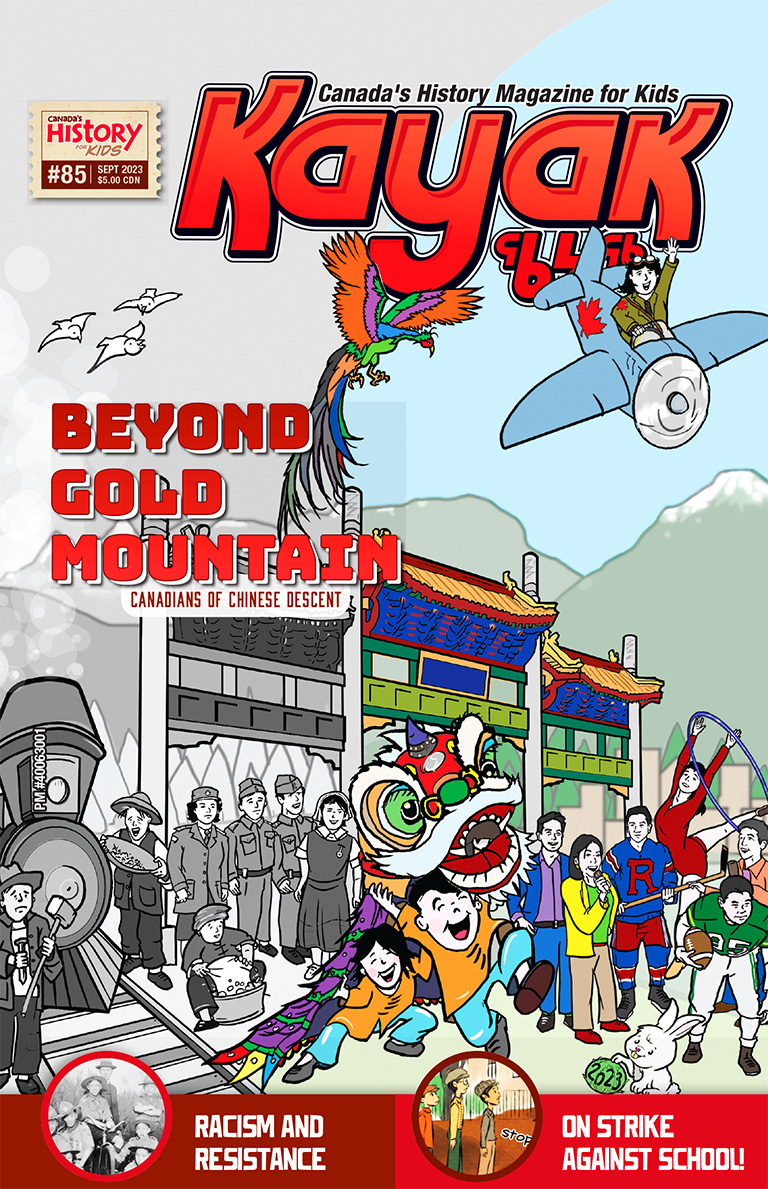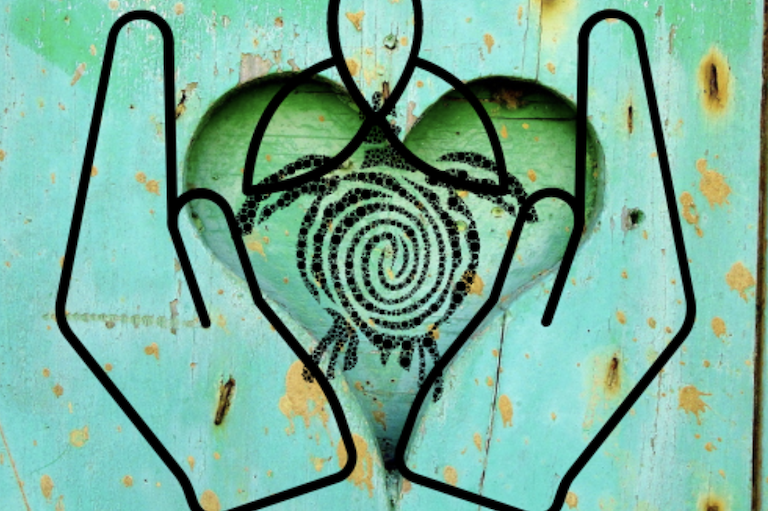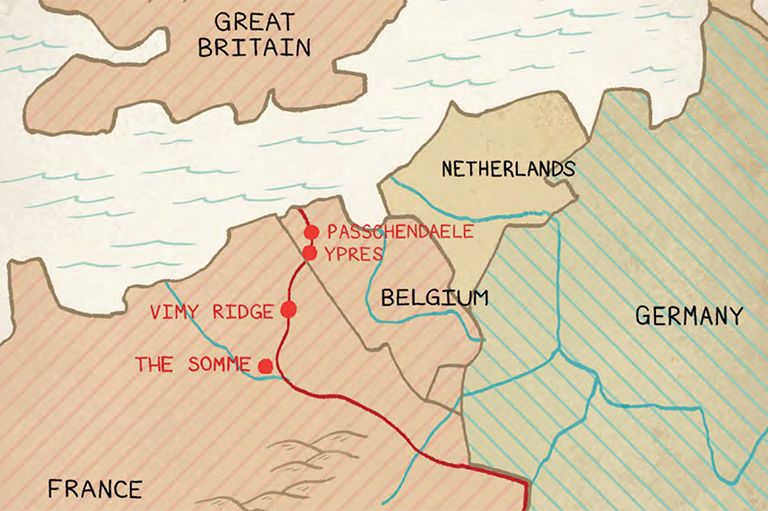Lesson Overview |

Grade Levels: 5/6, 7/8, 9/10 Subject Area: Social Studies, History Time Required: 1-2 lessons Magazine Issue: “Beyond Gold Mountain: Canadians of Chinese Ancestry,” Kayak: Canada’s History Magazine for Kids, September 2023 |
In this lesson, students will work with a variety of primary sources and analyze each source for knowledge and meaning. Students will use these sources to think critically and then create a concept map using the primary source at its centre. Students will then share their primary source in a gallery walk allowing for further information to be shared. |
Historical Thinking Concept(s) |
- Use primary source evidence
- Establish historical significance
|
Learning Outcomes |
Students will…- analyze primary sources to construct meaning and knowledge.
- infer meaning and make conclusions.
- appraise the information and collaborate with peers using a concept map.
|
Background Information |
Concept Maps:- Concept maps are diagrams that students create using words/sentences that show the relationships between concepts and ideas relating to the image or topic in the centre.
- Each branch should be a separate colour and words/sentences should be connected by a line if there is a shared relationship.
|
Resources Required/Teacher Prep |
|
Primary Sources Used |
Warning about the use of language in the Primary SourcesThe language found in many of these primary sources includes terms and images that are considered offensive today. The teacher should review the use of these terms with students that were used in the time period of the primary source and the manner in which they should be treated today. |
Sources relating to Existence (arrival/immigration)Image 1 — Arrival of Immigrants in VancouverImage 4 — Canadian Pacific SteamerImage 6 — Long, Braided HairImage 7 — Boat Ticket StubImage 22 — Photograph of Kuo Min Tang MembersImage 30 — Larry Kwong’s C.I. 45
Sources relating to Struggle/SurvivalImage 2 — Letter to the PremierImage 3 — 1907 Riots - Fongoun'sImage 5 — Anti-Chinese Association LetterImage 10 — Chinese Canadians in the Armed ForcesImage 11 — Letter to the Mayor of SaskatoonImage 12 — “Remarkable document is given city”Image 15 — $500 Head Tax CartoonImage 16 — Police Mugshot BookImage 19 — Superimposed Family PortraitImage 20a/b — Grant Family Photograph
Sources relating to Items (objects of significance)Image 13 — Iron Chink 1909 Model Advertisement*Image 14 — Fernridge Time Checks [see extension activity]Image 21 — Lotus Foot Shoes
|
Lesson Activity |
ACTIVATING- Teacher should review with students what a primary source is, why primary sources are important to the study of history/social science and the difficulties in interpreting primary sources.
ACQUIRING- Teacher can take one of the primary sources and work through it together as a class creating a concept map on the board by asking the questions that are present on Worksheet 1.1.
- Teacher should review the guidelines of concept maps: short words, branches = connections, and the use of colour.
- Distribute a primary source to each student (can be duplicates) and have students analyze the source individually, filling in as much of Worksheet 1.1 as they can in point form.
- Group together students with the same primary source to share their answers with each other while creating a concept map on chart paper with their primary source in the middle.
APPLYING- When finished, students move from each group, reading each of the primary sources and the resulting conclusions.
- Students can add their own thoughts or questions to each primary source as they move from one source to the next.
- Teacher can debrief by asking students to share what they learn about Canadians of Chinese ancestry from the sources they used and why those sources are historically significant.
|
Lesson Alternatives/Accommodations |
- Teacher can use one group of primary sources from one theme or divide the class into three groups to analyze the primary sources relating to each topic.
- Depending on the skill level of the class, teacher could select sources that are images only or text only.
- Teacher can also take all the primary sources related to one of the themes and place them on the board, creating a large concept map surrounding the theme itself.
|
Materials/Resources |
| “Concept Map,” The Teacher Toolkit |
Possible Extension Activities |
- This activity could be the introduction to a research activity.
- Students pick a primary source that interested them and use it to research more into the topic.
- The Fernridge badge* can be compared to Inuit disc numbers (see link below) — a separate lesson could be used comparing the use of identification tags on minorities.
Links for Extension Activity |
Possible Assessment |
- Could use an exit ticket to assess knowledge
- Collecting the completed concept maps as formative assessment
|









